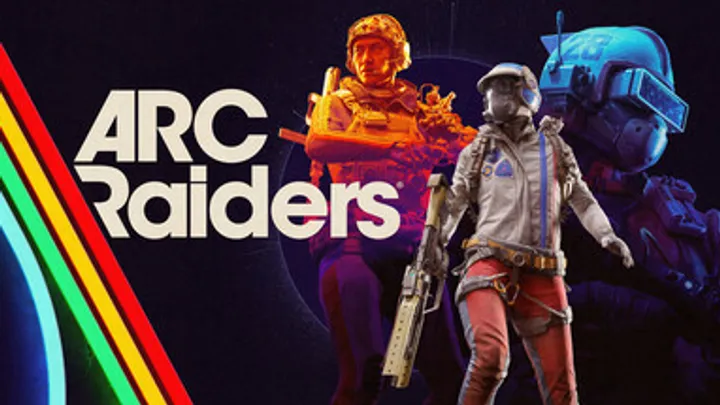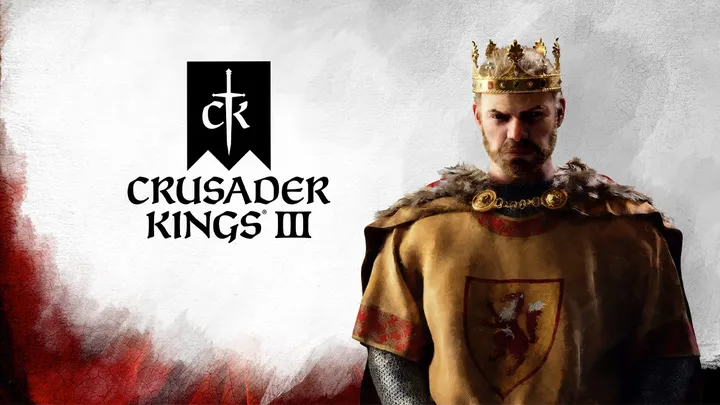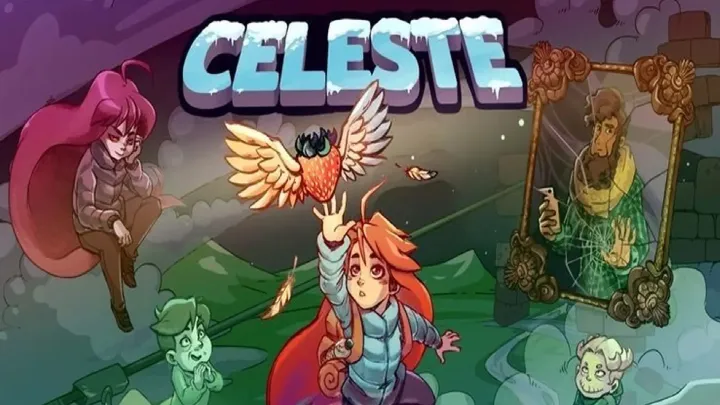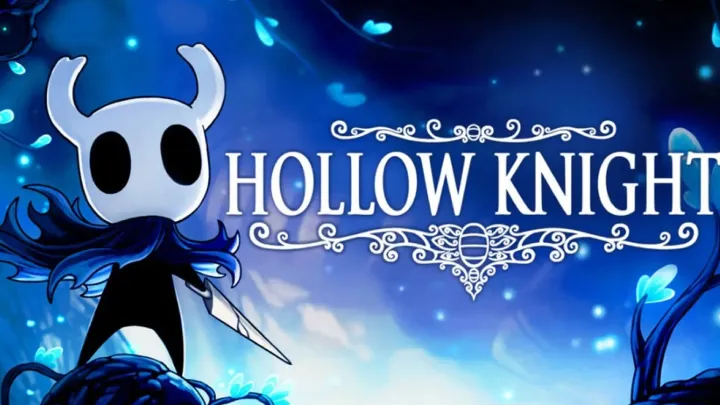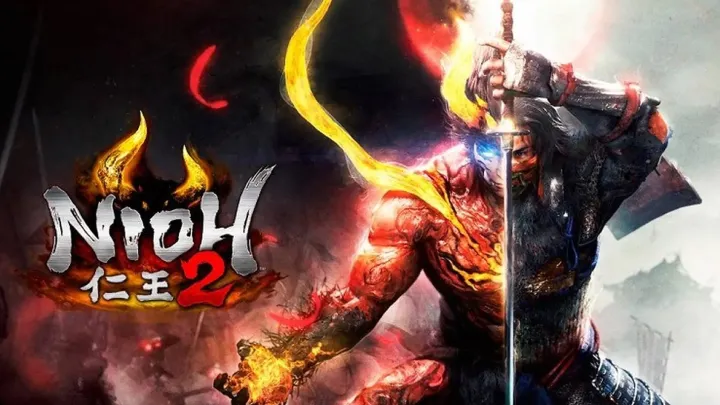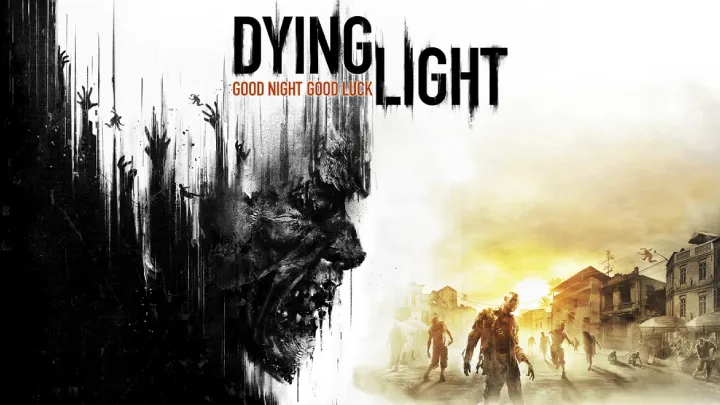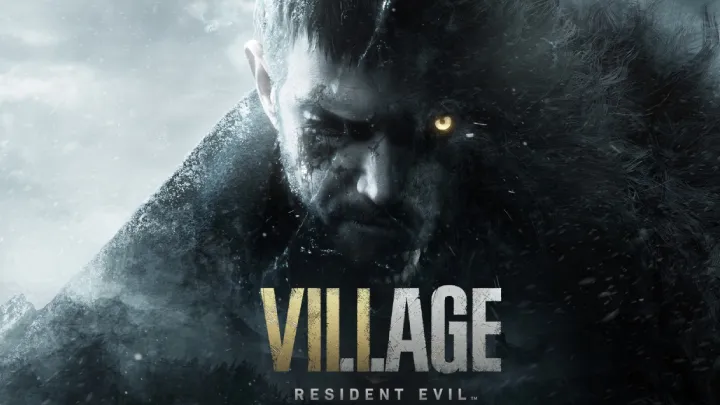Introduction
When Bethesda Game Studios unveiled Starfield, the promise was monumental: a spacefaring epic that would redefine open-world RPGs for a new generation. Players expected a universe teeming with life, mystery, and limitless discovery — a spiritual successor to Skyrim, but among the stars. Yet, upon release, Starfield faced a paradox at its core: a tension between massive scale and emotional depth.
This article dives into the heart of that struggle — how Starfield’s vastness, procedural design, and technical ambition created both its brilliance and its identity crisis.
1. The Dream of a Thousand Worlds
Bethesda’s Grand Vision
Bethesda’s promise of over a thousand explorable planets captured the imagination of gamers everywhere. For years, the studio had been known for crafting hand-built worlds full of stories. Starfield took that idea to cosmic proportions. But ambition soon met the harsh reality of scope.
The Burden of Procedural Generation
Procedural generation was meant to fuel infinite exploration, but it also diluted Bethesda’s hallmark storytelling. Players often found worlds that felt empty or repetitive — visually stunning, yet emotionally hollow. It became clear that Starfield’s greatest innovation also risked undermining its identity as a narrative-driven RPG.
2. Exploration Without Connection
The Silence of the Stars
The emptiness of Starfield’s universe sparked debates about what “exploration” truly means. Many players expected rich stories and dynamic encounters on every planet, but instead found long stretches of barren terrain.
The Comparison to Skyrim and Fallout
Where Skyrim and Fallout 4 thrived on emergent storytelling, Starfield sometimes felt like a collection of static environments. The silence between stars, while realistic, lacked the organic chaos that made earlier Bethesda worlds unforgettable.
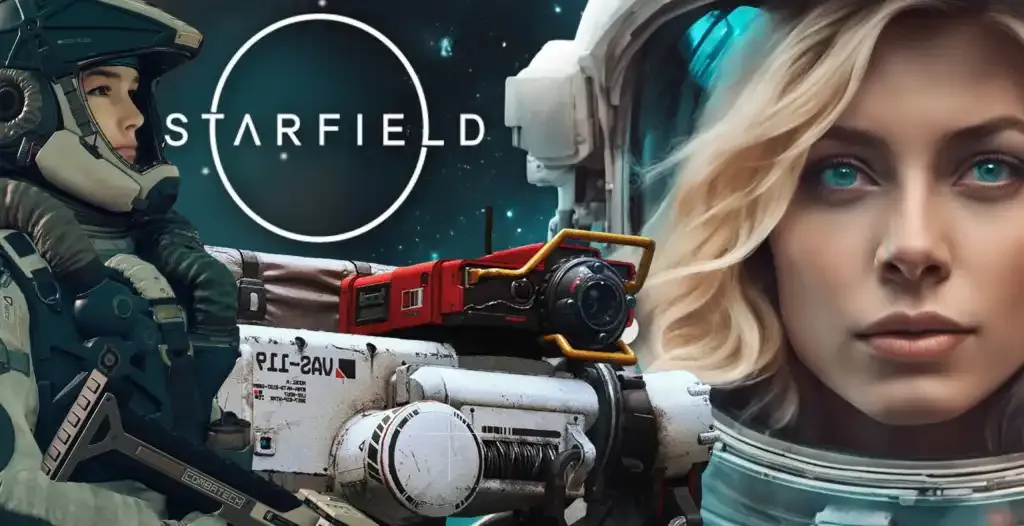
3. The Constellation of Characters
Companions as Emotional Anchors
Bethesda introduced the Constellation crew to ground players emotionally — characters like Sarah Morgan, Barrett, and Sam Coe offered glimpses of humanity amidst the cosmic cold. However, while well-written, many players found these relationships mechanically rigid.
Missed Opportunities in Connection
Unlike Mass Effect, where dialogue and choice intertwined to form deep personal bonds, Starfield’s companion system often limited interaction to predictable moral approval checks. This rigidity highlighted how emotional engagement was sacrificed for scale.
4. The Narrative Core and the Search for Meaning
The Philosophical Ambition
Starfield aimed to be more than a sci-fi shooter; it sought to explore humanity’s relationship with the unknown. Themes of existence, transcendence, and purpose ran through its main quest — particularly in the mysterious Artifacts and the concept of the Unity.
Storytelling vs. Systems
However, these metaphysical ideas often collided with the mechanical nature of gameplay. Fetch quests, resource grinding, and long travel times interrupted philosophical pacing, leaving many players torn between awe and frustration.
5. The Technical Triumphs and Limitations
Visuals and Atmosphere
Bethesda’s new Creation Engine 2 delivered breathtaking planetary vistas, starship interiors, and cityscapes like Neon and New Atlantis. Each location captured the imagination, showing that the studio could still craft awe-inspiring settings.
The Weight of Optimization
But ambition came at a cost. Long load screens, performance drops, and optimization issues, especially on PC, pulled many players out of immersion. Starfield became a reminder that technical scope without polish can fracture the experience.
6. The Role of Player Freedom
Endless Possibility or Directionless Drift?
Bethesda’s hallmark freedom was intact — players could be pirates, scientists, explorers, or traders. But for many, freedom without emotional grounding felt empty. The lack of consequence in choices weakened the sense of narrative ownership.
The Sandbox Paradox
This paradox defined Starfield: it offered the tools for limitless play, but few systems to make that freedom feel meaningful. Without strong roleplay incentives, players drifted through the stars without a sense of identity.
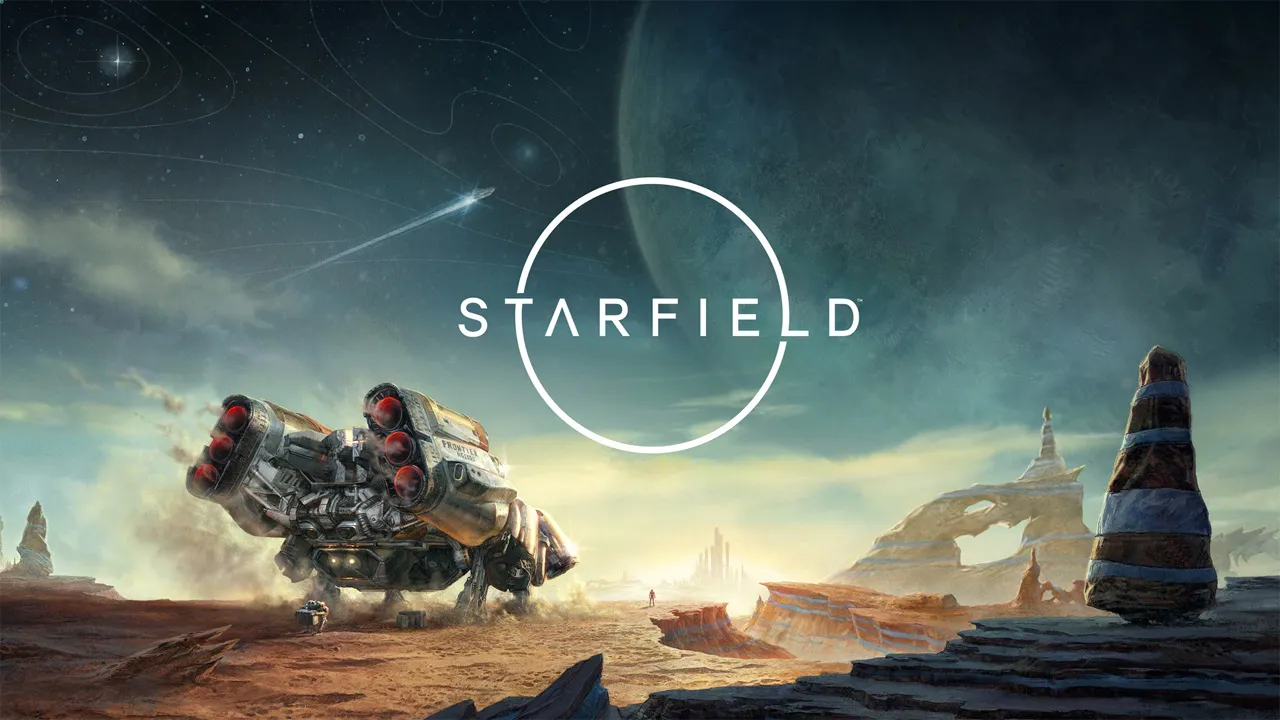
7. Modding — Bethesda’s Lifeline
The Community Steps In
As with every Bethesda title, the modding community became the game’s lifeblood. Within months, players created new storylines, overhauled graphics, and rebalanced combat systems. Mods filled the emotional and mechanical gaps left by the base game.
Official Support and the Promise of Longevity
Bethesda’s upcoming Creation Kit 2 promises deeper integration for modders, potentially turning Starfield into the sandbox it was always meant to be. The studio’s reliance on modders reflects both its strength — a passionate community — and its weakness — dependence on external creativity.
8. Updates, DLC, and Redemption Arcs
Bethesda’s Post-Launch Strategy
In the months after release, Bethesda rolled out major patches and teased expansions like Shattered Space. Each update aimed to address player concerns: improved maps, enhanced AI, and more meaningful exploration loops.
A Slow but Steady Rebirth
While early criticism was harsh, consistent updates gradually softened community sentiment. Players began to rediscover joy in the game’s atmosphere, calling it a “slow burn masterpiece” in progress.
9. The Broader Industry Impact
The Risks of Over-Ambition
Starfield’s journey reflects a growing industry trend — prioritizing scale over depth. As live-service models and procedural tools become more common, studios risk losing the emotional intimacy that defines great storytelling.
Lessons for Future RPGs
The key takeaway from Starfield’s experience is balance: innovation must serve immersion, not overshadow it. Future RPGs, including Bethesda’s own The Elder Scrolls VI, will likely refine this balance between freedom and focus.
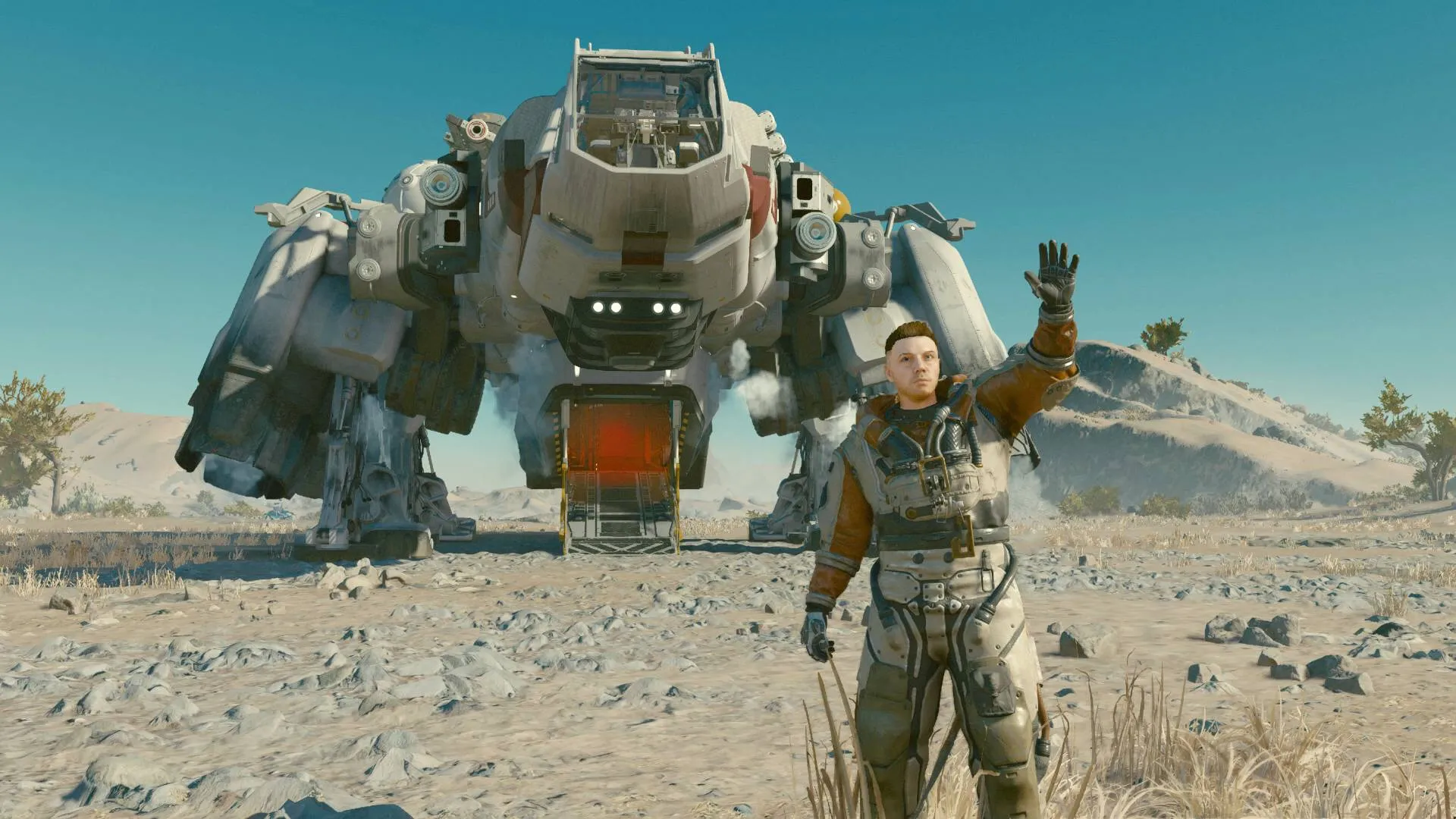
10. The Future of Starfield — Reclaiming Its Soul
The Potential Ahead
Despite its flaws, Starfield remains a foundation for something extraordinary. Bethesda’s roadmap promises narrative expansions, deeper faction quests, and community-driven evolution. The studio has a rare opportunity to transform criticism into creativity.
The Hope for a Living Galaxy
If Bethesda can infuse emotional storytelling into its vast universe — connecting players not just to stars but to stories — Starfield could redefine itself as a timeless epic. Its future depends on whether the team embraces the emotional core buried beneath the stars.
Conclusion
Starfield represents both the beauty and the burden of ambition. It is a monumental achievement in scale, yet a cautionary tale about the cost of losing human connection in pursuit of infinity. As updates continue and modders reshape its worlds, the game stands at a crossroads — between being a technical marvel or a soulful journey. The coming years will determine whether Starfield fulfills its promise or remains a symbol of what happens when dreams outpace design.




